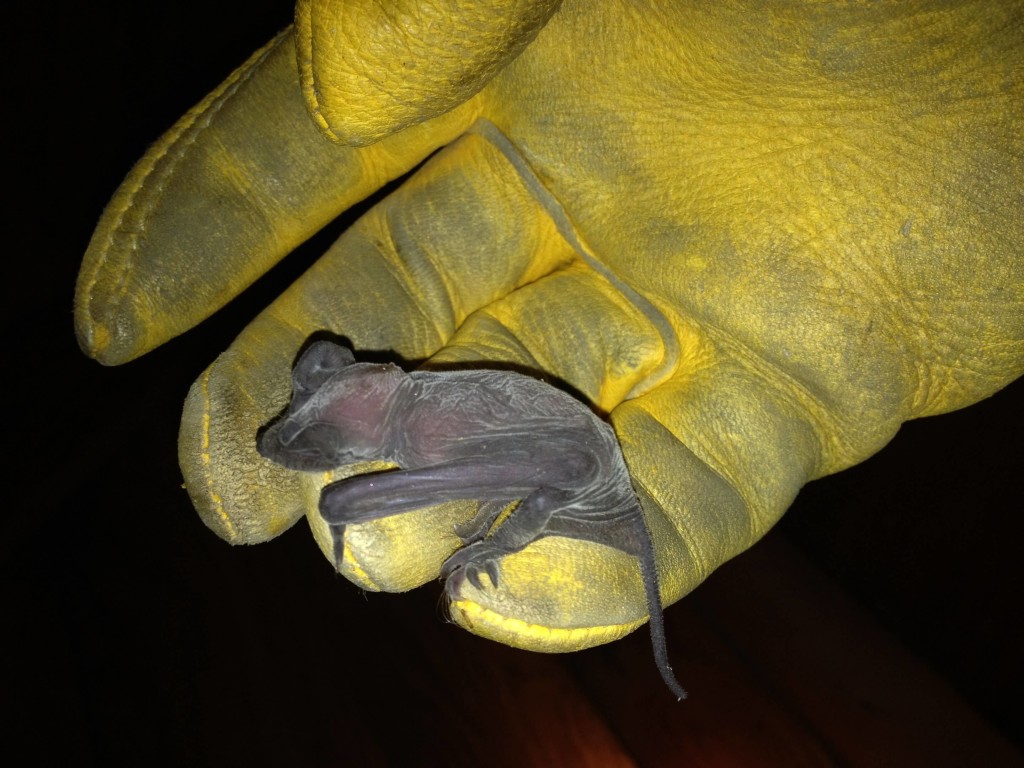Grey Squirrel Mating Season and You
April 5, 2016Big City, Bright Lights, Lots of Rats
April 21, 2016Spring is a wonderful time when the world begins again. After a long winter’s nap, animals are looking for great places to begin their spring litters. Unfortunately, many of them consider your home to be an ideal choice. Here is a look at some common household animals to watch for, and how to locate and prevent them.
Birds:
Birds like barn swallows and house sparrows will also use eaves, holes that vent roofs, and outbuildings to make new nests. If you can remove the nest material before the birds have babies, they will build a nest elsewhere. If the nest already has eggs or babies, you can either remove or gently relocate the nest. If this is a regular problem for you, consider capping your eaves to prevent access.
Squirrels and Raccoons:
Both of these larger mammals have been known to enter attics and chimneys, and try to chew into basements, crawl spaces and attics. They are some of the most destructive animals to have in your home, and will chew through housing materials and leave large messes. Both of these animals can be hard to deter, and it often requires an expert’s help to solve the problem permanently. Animal removal plus finding and closing off all of the access points is required to keep this from being a recurring problem. To prevent, keep tree and branch access from leading to your roof, keep the gutters clean (food source) and don’t leave food outside.
Rats and Mice:
Rodents are one of the most common and difficult problems to deal with. They can enter homes in tiny spaces and will tunnel under foundations and into walls, having litters. Trapping and animals like cats are helpful, but often a professional is required for a permanent solution in an older home where this is a long-term problem. To prevent re-infestation, place bait boxes around the perimeter of the home, do annual inspections to try and find places where they can enter, and keep food sources that would attract rats, like birdseed, secure in plastic or metal tubs.
Bats: Not as common as the critters listed above bat maternity colonies do happen at a high enough frequency that they are worth mentioning. Urban bats much prefer roosting in a home than in a tree. The most common roosting site on a home would be the gable vent. If gable vents aren’t available than they will use the soffit, typically entering through the bottom edge of the siding, they’ll enter the chimney through a loose pan, sometimes they enter poorly installed ridge vents or several other spots on the home that allow easy access to a desirable roost location.
The biggest problem with bats roosting in your home is the accumulation of bat guano (waste). The guano emits a foul odor similar to ammonia. The odor may not be able to be eliminated if it remains for any long period of time. The accumulation may cause the attic floor to collapse which can cause extensive damage and contamination within the living space of the home.
Bat removal and exclusion should really be left to the experts. Many, many times we have seen homeowners attempt to remove bat colonies only to relocate the bats to another location of the home or trap young bats inside the home where they die, the young bats cannot fly, their ability to fly comes with age.


